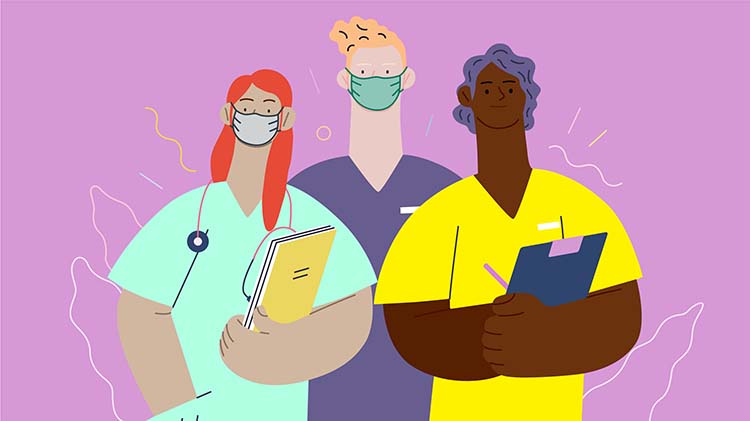Is there a doctor in the house
07 Dec 2023
Case study
In the restaurant, there are four doctors – you (an experienced GP), an emergency physician eating alone with two small children, a medical registrar who has just finished a bottle of champagne, and a recently retired psychiatrist.
You, the ED physician and the psychiatrist make yourselves known, and ensure that an ambulance has been called. The registrar feels he is not safe to provide any medical care and correctly stays out of the situation. The ED physician cannot leave his children to assist, but he has let the staff know he’s available if necessary.
Along with the psychiatrist and a nurse, you start CPR on the collapsed patient, and a defibrillator is brought from the sporting complex across the road. The ambulance arrives as the patient regains consciousness, and care is handed over. You contemporaneously document the situation and contact your MDO the next day.
Discussion
Medical practitioners in Australia have an ethical and professional obligation to respond in an emergency situation.
Doctors providing emergency medical care as good Samaritans are protected from liability in each state and territory in Australia – with some jurisdictional differences in the protections offered. The purpose of this legislation is to encourage people to assist strangers in need of emergency treatment, without fear of legal repercussions.
Generally, a ‘good Samaritan’ is defined as a person who, in good faith and without expectation of payment or reward, comes to the aid of an injured person, or person at risk of injury.
To be protected, the good Samaritan must act ‘in good faith’, ‘honestly’, ‘without recklessness’ and ‘with reasonable care and skill’. A good Samaritan who is significantly impaired by alcohol or another drug is excluded from legislative protection in all states, except Queensland and Victoria.
The laws protecting individuals from liability vary from country to country, and it can be complex to determine the responsible jurisdiction for an inflight emergency. It is reassuring to note that some airlines have insurance policies covering doctors who assist in emergencies, and the US Aviation Medical Assistance Act 1998 also provides protection.
The Medical Board of Australia’s Good Medical Practice: A Code of Conduct for Doctors in Australia states:
Treating patients in emergencies requires doctors to consider a range of issues, in addition to the patient’s best care. Good medical practice involves offering assistance in an emergency that takes account of your own safety, your skills, the availability of other options, and the impact on any other patients under your care; and continuing to provide that assistance until your services are no longer required.
Under the Code of Conduct, medical practitioners may be subject to disciplinary action if they don’t provide assistance in circumstances where it is reasonable and safe to do so.
Stay updated with the latest medico-legal content |
Subscribe to MDA National’s biannual Member publication, Defence Update, for the latest medico-legal updates, articles and case studies.
Professional boundaries in healthcare - Part 1
Boundaries with patients present in numerous ways every day and all health practitioners
11 Aug 2025
Understanding Professional Medical Indemnity Insurance
Do you understand the ins and outs of professional medical indemnity insurance?
11 Aug 2025
Professional boundaries in healthcare - Part 2
Boundaries with patients present in numerous ways every day and all health practitioners
11 Aug 2025
Understanding changes to the Fair Work Act
What are the changes to the Fair Work Act and what is my role?
22 Jul 2025







